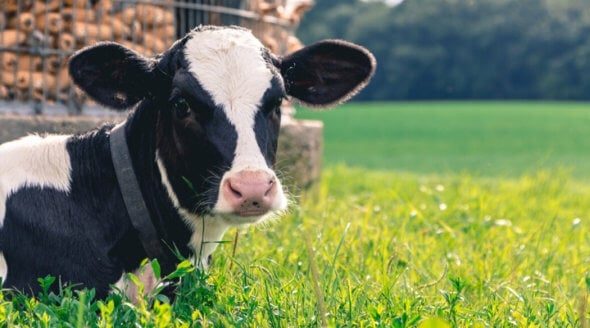All About Animals: The Issues (Ages 16-18): Companion Animals
Many households in the UK have one or more companion animals, most commonly dogs and cats but rabbits, hamsters, fish and reptiles are all common ‘pets’.
Animal protection organisations such as PETA prefer the term ‘companion animal’ as it more accurately describes the ideal relationship between humans and animals.
Dogs were domesticated 15,000 years ago when humans in Asia tamed a pack of wolves. All those years of living with humans have changed dogs’ way of thinking—everyday experience shows us that even very young puppies know how to ‘read’ people. It’s time that people became better at ‘reading’ dogs!
Cats were first domesticated 8,000 years ago by people in the Far East who considered them to be good luck. But today’s cats, who are abandoned in streets and left to fend for themselves outside, need plenty of luck just to survive.
Sanctuaries or Shops
With sanctuaries and shelters overflowing with unwanted, abandoned and abused animals, animal welfare campaigners encourage people who can offer a safe and loving home to an animal to adopt a rescued animal rather than buying one from breeders or pet shops.
Spaying and Neutering
One of the main reasons that sanctuaries are filled with unwanted animals is because people don’t always have their animals spayed and neutered. Even if an animal is allowed to have ‘just one litter’, that litter will displace animals who have already been born and are in desperate need of homes. If the animal’s offspring are not altered, they can multiply into thousands of unwanted animals in just a few years. People on low incomes can get financial help for spaying and neutering from the RSPCA, Celia Hammond’s Clinic in London and many other organisations. Any vet should be able to advise on low-cost spaying and neutering. This one-off operation does not harm the animal, does not change his or her personality and can prevent certain cancers and other diseases—in addition to preventing the births of unwanted animals.
Cross Breed or Pure Breed
Often, the mixed-breed mutt is likely to be healthier than the pure-bred dog due to the mixed genes. In-breeding of pure-breed dogs has led to a host of problems. For example, the incidence of hip dysplasia in Golden Retrievers and German Shepherds is above 75 per cent and we know that breathing difficulties are common in Pugs and Boxers. Health problems associated with genetic inbreeding are practically unheard of in mixed breed dogs, which is definitely better for the animal and better for the dog’s carer too!
The Lonely Companion
Many companion animals live a very lonely existence confined in a cage. What is best for the animal should always be taken into account-and this can vary from one species to the next. It also depends on the individual animal’s personality and needs: Many breeds of bird should live in a flock; rabbits need companionship; rats should live in groups (males can be neutered), as should female mice (males may live happily with brothers but often attack other males); hamsters and gerbils may prefer to be alone but some like companionship and individuals should be given the choice; female guinea pigs should live in a group but males may fight as they mature. Dogs and cats who are socialized with other animals from a young age will usually prefer to live with a canine or feline companion.

